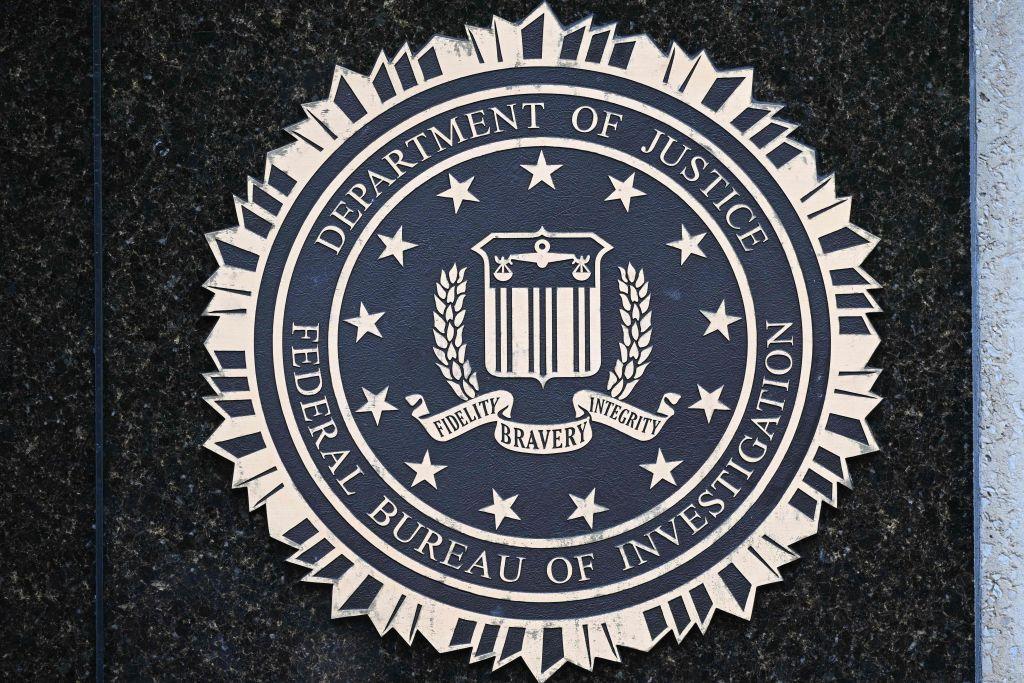News Analysis
With crime such an important issue, Americans depend on the FBI for accurate data. The crime data for 2021 is a mess, with almost 40 percent of law enforcement agencies around the country not submitting any data to the FBI. In California, 93 percent didn’t report crime data. In New York, 87 percent didn’t. Cities are embarrassed by the soaring crime rates, and even when they’ve collected the data, they aren’t transmitting those numbers to the FBI.





